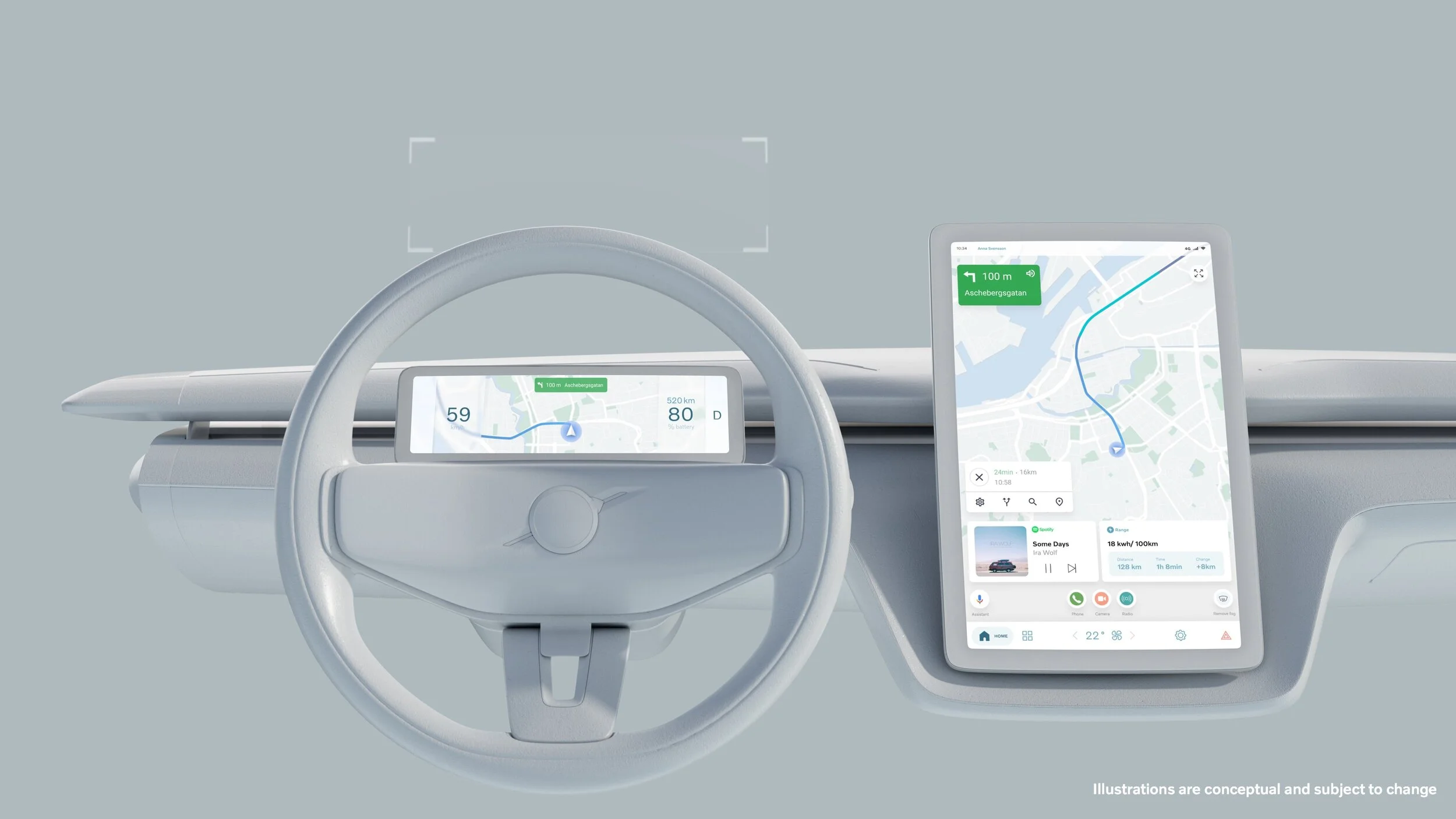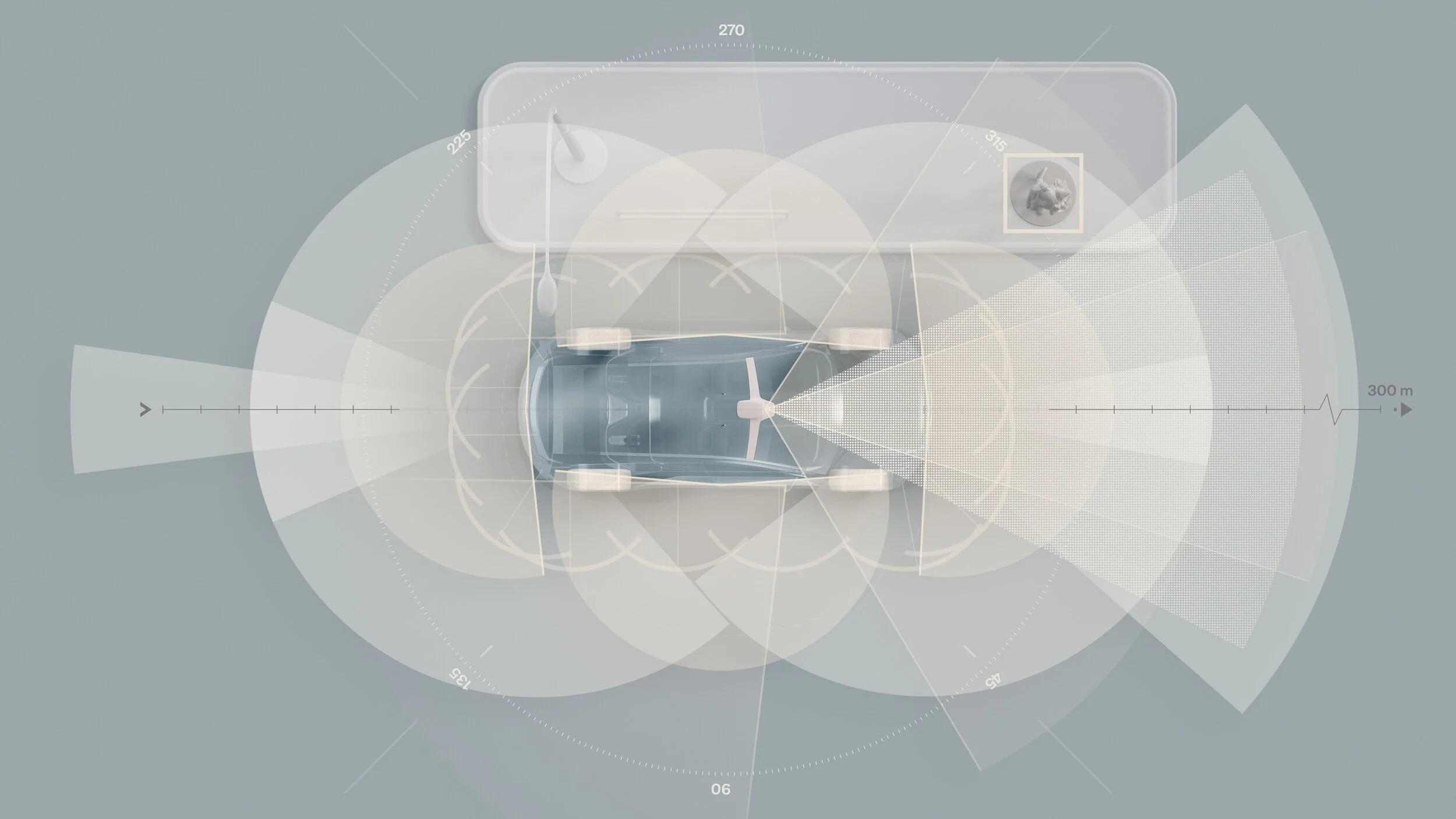Volvo Lays Out Its Electrified Future
By Edward A. Sanchez – July 5, 2021
On June 30, Volvo gave a detailed look at its future product roadmap, and its commitment to electrification. In addition to its future powertrain strategy, it also outlined its future infotainment and safety technology strategy.
You may remember Volvo’s electrification pledges date back as far as 2017, when Volvo CEO Håkan Samuelsson promised that all new Volvo models from 2019 onward would be “electrified” in some form.
In March 2021, Volvo stepped up its pledge to make half its product lineup EVs by 2025 and to go fully electric by 2030. Below are some of the initiatives Volvo announced on June 30 that will guide its future product development.
Fast Charging and Range
The areas of charging and range have lately become two of the biggest issues surrounding EVs. Volvo plans to aggressively go after each with plans targeting a volumetric energy density of 1 kWh/liter and overall range of 1,000 km (621 miles). The company also plans on utilizing reclaimed or recycled materials whenever possible, and partner with European battery startup Northvolt. The company’s next-generation EV platform will also enable bi-directional charging, enabling vehicle-to-grid power transfer.
Concept Recharge
Volvo’s Concept Recharge is a preview of the brand’s next-generation dedicated EV chassis. The current Volvo EVs (XC40 Recharge and Polestar 2) are adaptations of ICE vehicles. Moving to a dedicated EV chassis allowed Volvo to optimize powertrain and cabin packaging, stretching the wheelbase and minimizing front and rear overhangs to maximize interior room.
The Concept Recharge also features a prominent 15-inch vertical touchscreen in the center of the dash (think Mustang Mach-E), and will feature a Scandinavian minimalist design language, and utilize sustainable and recycled materials. The Concept Recharge is believed to preview the next-generation XC90 EV SUV that will be built in South Carolina.
Google/Android Partnership and Software Development
Volvo and Polestar were early adopters of Volvo’s Android Automotive OS (not to be confused with Android Auto) infotainment platform. The company is continuing its partnership with the tech giant, but also increasing its personalization with the VolvoCars.OS initiative, with a particular focus on safety. Future Volvo EVs will feature phone-as-key technology and seamless device-to-car connectivity, as well as the ability to control enabled home devices.
As with most other OEMs, Volvo is promising extensive updates and improvements via over-the-air updates, enabled by its new in-house software development team.
LiDAR and Luminar Partnership
Unlike Tesla, which is taking a vision-only approach to ADAS and autonomous imaging, Volvo will utilize LiDAR as part of its suite of safety technologies. It is partnering with LiDAR manufacturer Luminar and Volvo’s in-house software developer Zenseact for an ADAS and Autonomous system running on an Nvidia Drive Orin system-on-a-chip (SoC). Customers will be able to opt-in to sharing vehicle data with Volvo to dynamically improve its safety systems, with validated improvements deployed to the fleet through OTA updates.
This technology is envisioned, along with being “hardware-ready” to eventually enable full autonomous driving. Where allowed by law, Volvo will also offer its Care package which will include service, insurance, and roadside assistance.
TWC Takeaway
Volvo has made a lot of promises, but the company seems committed to electrification – 2030 may seem far off to some and just around the corner to others. The company seems clear-eyed about the importance of range and charging to consumers, as well as customers’ growing expectations for continuous improvements and upgrades enabled by OTA updates.
Many premium brands are jockeying for position in the EV space, each having their own theme and value proposition. Volvo’s traditional reputation of safety carries forward, enabled by new technologies. All-out performance will probably be ceded to the Polestar division, so expect competitive and brisk performance, but not face-melting “Plaid”-level power and acceleration. We’re looking forward to these next generation of dedicated EV Volvos coming to market.
(Images courtesy Volvo)
- Podcast - Facebook - Google News - Twitter -













